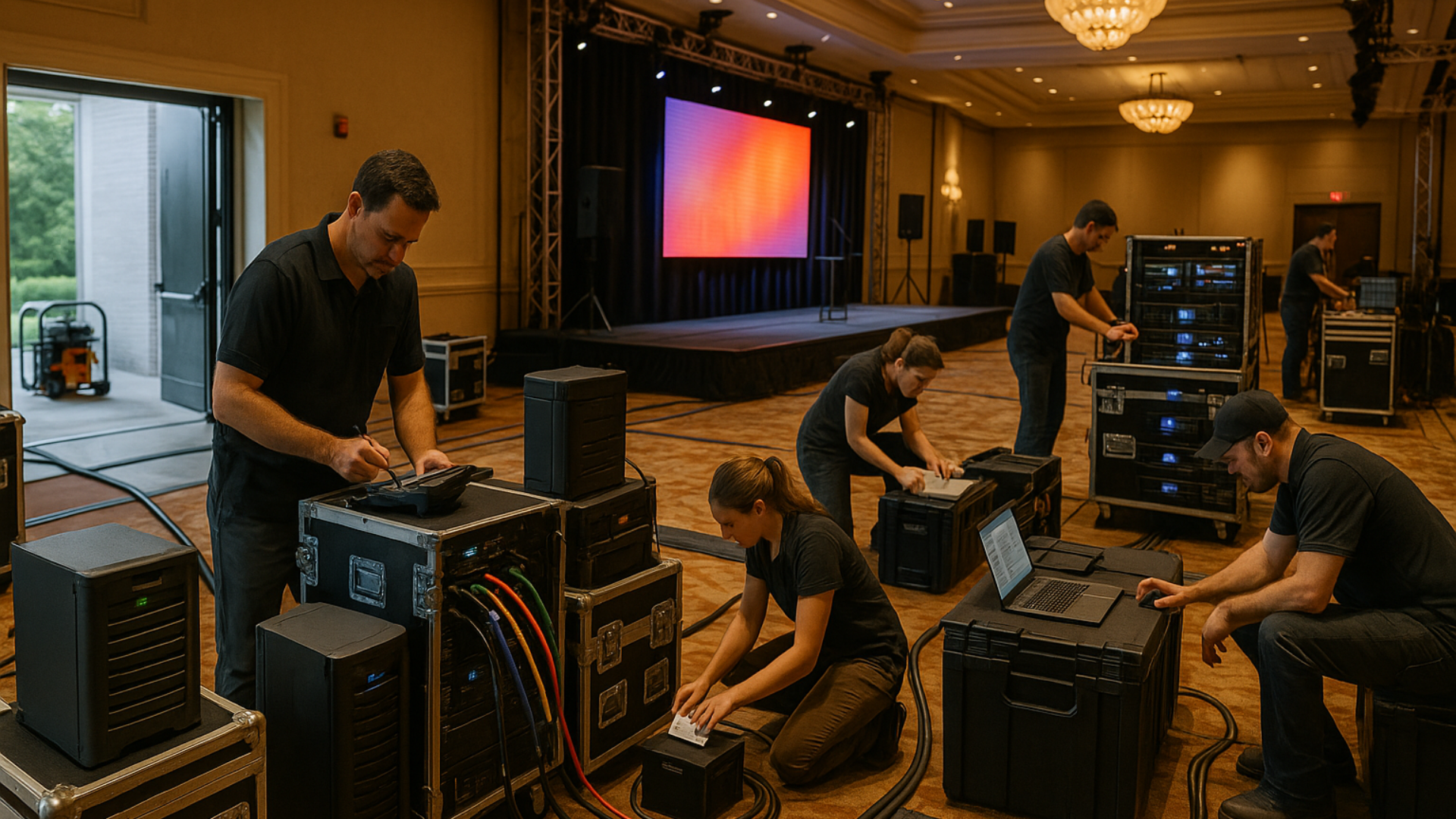Conveniently location with easy access to NY, NJ, PA, DE, MA, and DC. Nationwide shipping available.

Need your items faster?
Faster shipping methods and other carrier options may be available—just upgrade during checkout.

Save w/ Best Price Shipping
We’ll always ship your order using the fastest, most cost-effective method.

We Ship Nationwide!
Want your gear to follow you… or just treat someone to an amazing gift, long-distance? No problem: we ship around the globe! See Details
